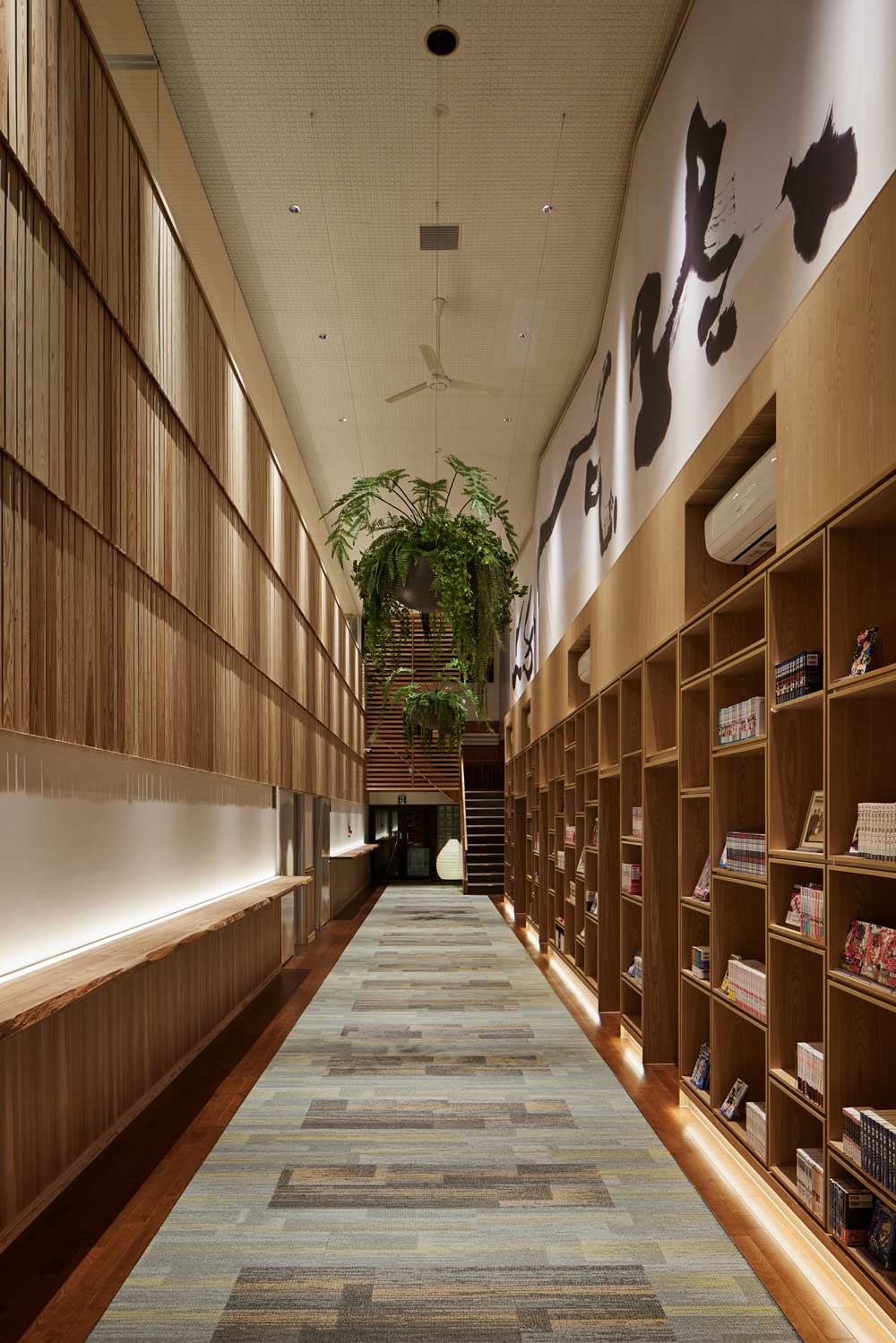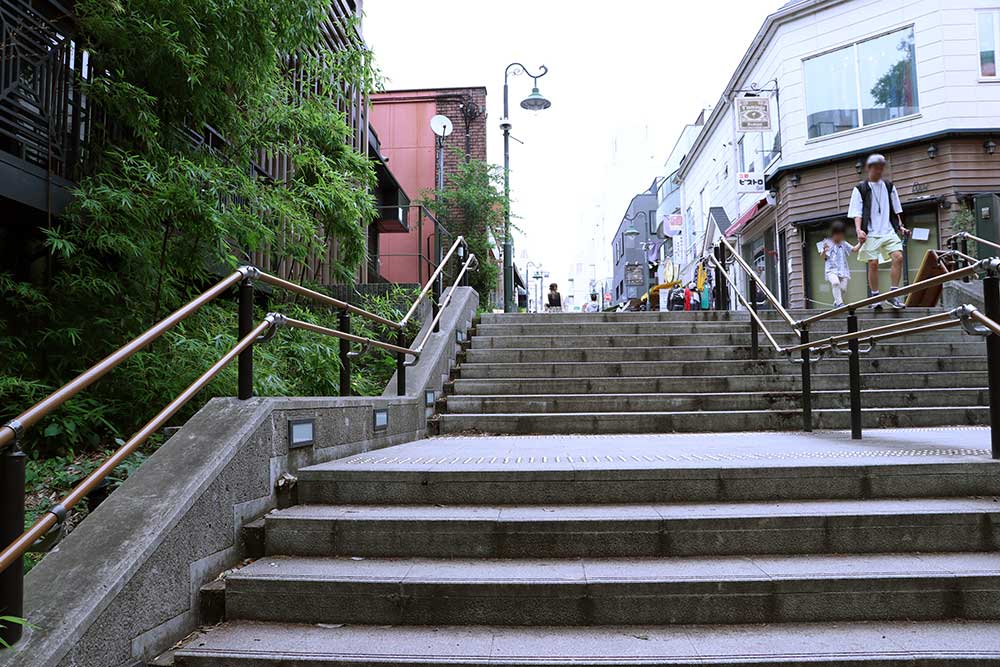
To work in a team.
That is the characteristic and strength of the Zenon editorial department.
Zenon editorial department
Editorial staff who joined in 2021

To work in a team.
That is the characteristic and strength of the Zenon editorial department.
Zenon editorial department
Editorial staff who joined in 2021
He joined Coremix in 2021 after an editor he knew was working there. We currently have a young editor in charge of five titles. He previously worked for a manga publisher, so we asked him about the unique features and rewards of manga editing at Coremix.
Why I wanted to become a core mixer

It all started when I heard from an acquaintance in the Zenon editorial department at Coremix that they were looking for editors. I knew about the manga magazine "Monthly Comic Zenon" published by Coremix, and had read big titles such as "Record of Ragnarok." I wondered what kind of company it was, and when I looked into it, I found out that the creators of "Fist of the North Star" and "City Hunter" were on the board of directors, and that Nobuhiko Horie, who was the editor-in-chief of "Weekly Shonen Jump," was the president.
What interested me was the wide range of works that Core Mix handles. In my previous job, the genres and target audiences of publications were limited, so I thought it would be difficult to work on non-fiction works for young adults, which I like as a reader. For me, Core Mix, which publishes works such as "Unsung Cinderella: Hospital Pharmacist Midori Aoi" and "Trace: Reminiscences of a Forensic Scientist at the Crime Science Laboratory," and does not limit the genre of its published works, seemed attractive.
Eventually, I had the opportunity to go out to dinner with the editor who had contacted me and the editor-in-chief. It was the winter of 2020. At that meal, I heard about the work at Zenon Editorial Department, got to know the editor-in-chief's personality, and thought it would be great to work here. After that, I went through a job interview and joined Coremix in March 2021.
Although I was a bit anxious about my new workplace, the presence of the aforementioned acquaintance gave me peace of mind.
The work of the Xenon editorial department at Coremix

My main job is to discuss the names of the series with the authors I work with, submit the manuscripts, and communicate with authors who are working with me on new series. I am also in charge of data analysis, looking at things like the trends in pageviews on the web comic site "Zenon Editorial Department" and sharing what I can read from that at our weekly editorial meetings. The series I work on are in both "Monthly Comic Zenon" and the web publication "Zenon Editorial Department," and I am in charge of a total of five titles (including sub-titles).
In terms of my daily work flow, I usually come to the office around 11am and think about plans. In the afternoon, I have internal meetings and meetings with writers. After 18pm, I mainly work on serialization and book submissions. The aforementioned data analysis is done by a team, and is done regularly in the evenings.
At Zenon Editorial Department, editors come up with plans and present them at editorial meetings. I feel that by continuing to write, you naturally develop your planning skills. I also continue to submit proposals, picking up ideas from weekly magazines and TV documentaries. If a proposal is approved, depending on the content, it takes about six months to a year to put it into shape through repeated interviews.
I also have the opportunity to work with manga masters such as Hara Tetsuo, who is also a director at Coremix. It is valuable to learn eye-catching paneling techniques and directing directly, and I feel that it has helped me grow as an editor. As someone who believes that universal methods exist, it is a joy to be exposed to the thinking of Hara-sensei and President Horie. I hope to humbly learn the perspective that only people who have gone through a huge amount of trial and error and experienced success can have.
Characteristics of the work of the Zenon editorial department

One of the major features of the Zenon editorial department is that the editorial staff handles the SNS advertising for promotion. By doing it ourselves, who are very familiar with the appeal of the works, I think we can prepare advertisements that are exactly what we want. This initiative has also left a good impression on the artists, and in many cases it has actually contributed to raising awareness of the works.
I think the best thing about the Zenon Editorial Department is that they work as a team. This is a rare approach in the manga industry. While there are many publishers where each editor works as if they were a private business, as was the case at my previous workplace, Coremix has a culture of editors working together to create works. For example, in "Unsung Cinderella: Hospital Pharmacist Midori Aoi," which was also made into a TV drama, there was a cooperative system in which one editor introduced a writer to the other editor who came up with the plan. For a privately-run editor, this is like handing over one's livelihood to someone else, so it is something that is rarely seen at other companies. I was surprised, and I felt that it was precisely because of Coremix's culture of trying to create good works as a team, not as individuals, that that work was born.
Also, sometimes multiple editors are in charge of one work. If you spend the whole day with an artist and discuss the creation of the work, you tend to lean too much towards the production side and it becomes difficult to look at the work objectively. In such cases, if there is another person in charge, someone can look at the work objectively and give appropriate advice and suggestions. I think that is another good thing about the team system.
Future goals

My goal is to create a hit work. I also want to focus on nurturing new writers. Just as my senior editors have nurtured new writers, I want to learn the same know-how. I want to help new writers grow by identifying what they are good at and what they want to draw, and by providing an environment in which they can draw those things.
In Kumamoto, where Coremix's second headquarters is located, we operate an artist training facility with a residential building called "Artist Village Aso 096 Ward." Currently, four Japanese artists and ten artists from overseas are residing there, and editors from Kumamoto and Tokyo are assigned to each artist to help them create their works. All of the artists are highly conscious of wanting to improve the quality of their work. When I go on business trips, I am stopped by someone to ask me to take a look at their work, and I am asked for my opinion on every detail. When I suggest a solution, they take it seriously and consider it. I hope to be able to respond to the enthusiasm of these artists in my own way and support them in improving their quality and technique.
It is said that there is a shortage of artists in the manga industry right now. It is true that with the increase in other-worldly works and the rise of electronic media, it is becoming more difficult to recruit artists. In times like these, I think that nurturing artists at "Artist Village Aso 096 Ward" and teaching high school students at the "Manga Department" in collaboration with Kumamoto Prefectural Takamori High School are important projects to acquire new talent. Nurturing artists helps the future of the company and the manga world. I often hear this from the president and my seniors, and I really feel that it is true.
The other day, when I was having dinner with an editor from another company, he said to me, "That's an amazing system. I'm jealous." I realized that it was true after all. I've been put in charge of one of the high school students from Takamori High School's Manga Department, so I hope we can work together to make our professional debut.
The charm of Kichijoji

The good thing about Kichijoji, where Core Mix is located, is that there are many restaurants with delicious food and drinks. This makes it a good place to meet with writers. Also, there are opportunities for editorial staff to go out drinking and talk with each other, so there is no problem with places in Kichijoji.
In addition, the office is always stocked with bottled mineral water and a drink server with a wide variety of drinks. Since there is a lot of work done at a desk, it is very helpful to have a drink at my desk in between work.
勤務地:本社 / 東京都武蔵野市吉祥寺南町 1-9-9 吉祥寺じぞうビル 職種:編集職 雇用形態:契約社員(裁量労働制) 転勤:当面無 賃金:想定年収:376万円~637万円 月給:269,000円~ ※上記月給にエンタメ手当5,000円/月 含む ※予定年収はあくまでも目安の金額であり、選考を通じて上下する可能性があります。 なお、詳細は経験、能力、現年収を考慮し、面談後に決定します。 歓迎条件:編集職経験者 賞与:年2回(個人・会社業績による) 昇給の有無:有 休憩:60分 時間外労働:有 休日休暇:年間休日日数:127日 休日休暇形態:完全週休2日制(土日)、年間有休休暇10日(入社初年度は入社月により変動あり、次年度より期初に20日付与)、夏季休暇(5日)、年末年始休暇(7日)、慶弔休暇 試用期間:有(期間:3ヶ月)